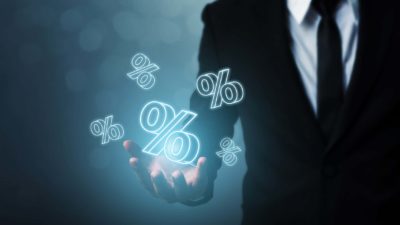Australians, let us rejoice, as the ASX may be the best global marketplace for investors in 2021, according to a new report. Due to Australia's response to COVID-19 and history of strong economic growth, the Why Australia benchmark report found our economy to be surprisingly durable.
The report states that because Australia decreased the spread of COVID-19 and implemented strong stimulus measures, its economy has fared second best globally.
As the economy and GDP impacts, and is impacted by, the share market, a strong GDP generally means good share market growth. Thus, when Australia's GDP goes up, the ASX generally shows stronger returns.
Let's take a look at what might make Australia an investing destination.
COVID-19 response
The report found that Australia's geographical isolation and internal border closures throughout 2020 meant there were relatively few fatalities from COVID-19. Further, the Australian Government provided economic packages, worth 18% of GDP. These measures meant that COVID-19's impact on GDP was comparatively small. While Australia's GDP did drop as a result of the pandemic, it dropped considerably less than in most other economies.
In fact, it was reported that only China's and Korea's economies were impacted less than Australia's and Bloomberg recently ranked Australia as the second most resilient economy during COVID times, bested only by New Zealand.
While Sweden and Finland displayed close to Australia's 2020 economic growth, both countries experienced more deaths from COVID-19.
Government debt levels
Compared to many of the world's countries, Australia's level of debt is low. When the pandemic began, Australia had incredibly low levels of debt. This proved fortuitous, as most economies, including ours, had to increase debt levels as GDP dropped.
The International Monetary Fund's most recent Fiscal Monetary Report predicted Australia's debt will grow to 74.8% of its GDP in 2021. While that is a steep jump from the 47.4% it was in 2019, it's much less than most of Europe and North America are estimated to hold. In fact, of those that make up the G20, Australia's predicted debt is the third smallest, behind Korea and Germany.
2021 on the ASX
Our beloved ASX is the world's ninth largest stock market by market capitalisation of freely floating stocks. Australia also has the eighth largest pool of managed funds.
Not only is the ASX among the top ten largest global marketplaces, it's also arguably a diverse one. A huge number of industries and businesses make up its trade.
Most ASX investors are aware that diversification is key to stability. International trade is no different. Australia has tonnes of diversity, with strong mining, agriculture, tourism and education sectors that we share with the world. The Why Australia report mentioned our energy sector as well, particularly as renewable energy continues to grow.
In the day and age of Bitcoin (CRYPTO: BTC) and the Nasdaq, it's easy to lose sight of what makes a good investment. But ASX investors haven't. Investors looking to keep their finger on a proven, strong and future-focused investment market may find the good old ASX to be the place to do so.









